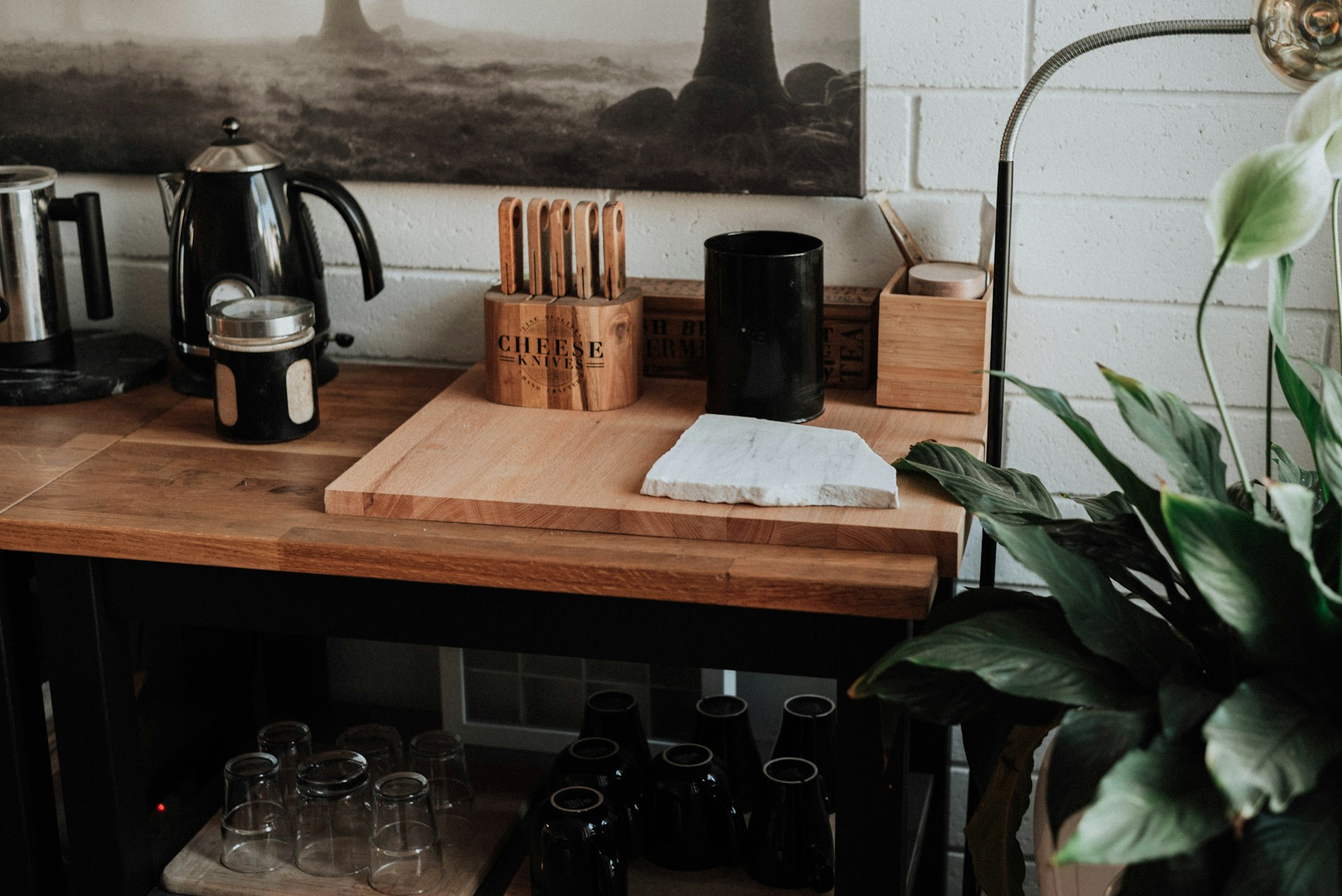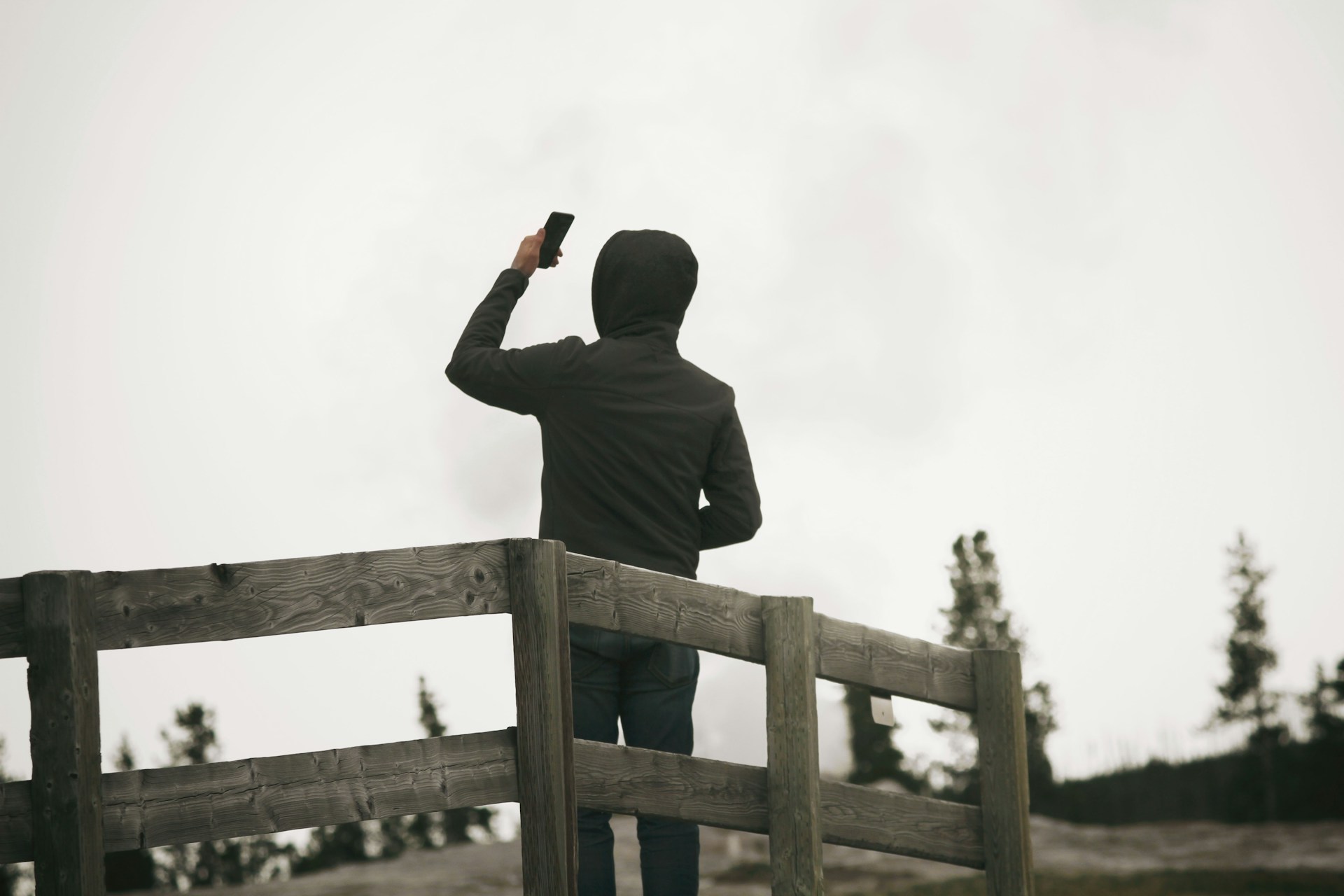Preparedness
Prepare for Economic Turbulence: Essential Steps for Your Family
With the national debt exceeding $36 trillion and inflation continuing to strain budgets, the prospect of an economic downturn looms large. Even with decisive leadership, the challenges ahead may be insurmountable for many. A significant portion of the population perceives the economy as being in less-than-ideal shape, with 63% identifying inflation as a substantial national issue.
The looming threat of a recession is not just speculative. J.P. Morgan’s chief economist estimates a 40% probability of a recession, highlighting the fact that many Americans are not adequately prepared. This concern is echoed by consumer sentiment, with Fortune reporting a consistent decline in U.S. consumer confidence over several months.
“The Conference Board’s report Tuesday said that the measure of Americans’ short-term expectations for income, business and the job market fell 9.6 points to 65.2,” marking a 12-year low. This figure is significantly below the threshold that often signals an impending recession.
Even political leaders acknowledge the potential for economic turbulence. President Trump has spoken of a “period of transition” due to his trade and tariff policies, while Elon Musk has warned of a “necessary economic collapse.” These concerns are mirrored in public sentiment, with rising searches for “financial stress” indicating heightened anxiety.
The potential impacts of an economic crisis are varied and severe. From runaway inflation to a stock market crash or supply-chain failures, the consequences could be dire. Historical precedents, such as the Great Depression and the 2008 recession, illustrate the potential severity of such events.
During the Great Depression, a drastic stock market crash led to widespread unemployment and bank failures. The 2008 recession similarly devastated financial sectors, causing massive job losses and home foreclosures. The near-collapse of the U.S. economy during this time underscored its vulnerability.
International examples, like Venezuela’s current crisis and Sri Lanka’s 2022 financial struggles, further emphasize the potential consequences of economic instability. These nations faced severe shortages of essentials, leading to humanitarian crises.
In light of these potential threats, preparing for an economic storm is crucial. Just as we insure our health and homes, investing in emergency supplies is a prudent form of insurance. Stocking up on emergency food can provide peace of mind, ensuring your family is fed when prices soar or shelves are empty.
“Buying emergency food for your family is a type of insurance against all types of emergencies—financial, natural disasters, and beyond.” Similarly, a solar generator can serve as a backup power source, mitigating the impact of potential power outages.
In conclusion, being prepared for economic uncertainty is not just wise—it’s essential. By taking steps now, you can safeguard your family’s well-being and face future challenges with confidence.
Let us know what you think, please share your thoughts in the comments below.

Preparedness
Smart Person’s Checklist: 10 Things You’ll Wish You Had When Disaster Strikes

Because peace of mind beats panic every time
When a big storm’s coming, the news spreads fast. Shelves empty, gas stations fill up, and suddenly everyone’s buying bottled water like it’s gold. The truth is, once panic buying starts, it’s already too late. Real preparedness isn’t about fear it’s about peace of mind. The best time to get ready is when things still feel normal.
Here are ten simple, affordable items you can stock quietly now so you’re not scrambling later.
1. Water and Water Filters
Start with the basics: one gallon per person per day for at least three days. Keep bottled water handy, but also grab a small filter straw or purification tablets for backup. Clean water matters more than anything else when supplies run short.
2. Non-Perishable Food
You don’t need fancy freeze-dried meals. A few weeks’ worth of canned goods, rice, oats, peanut butter, and protein bars go a long way. Choose foods you actually eat, rotate them out as part of your normal pantry.
3. First-Aid Kit and Medications
Every home needs one. Bandages, antiseptic, gloves, and basic medicines like pain relievers and allergy pills can make a huge difference. If you take prescription medication, try to keep at least a few extra days’ supply on hand.
4. Flashlights and Extra Batteries
When the power goes out, light is everything. Stock a few small LED flashlights and a headlamp for hands-free use. Don’t forget extra batteries or a crank-powered option that never needs charging.
5. Portable Charger or Power Bank
Phones are lifelines during emergencies. Keep a charged power bank in your bag or car. Solar versions are great backups if you’re stuck without power for days.
6. Trash Bags and Zip Ties
Sounds simple, but trash bags are a survival essential. They can collect waste, store supplies, or even serve as ponchos or tarps. Pair them with a handful of zip ties one of the most underrated tools for securing gear or sealing openings.
7. Manual Can Opener
If your food storage depends on cans, make sure you can open them without electricity. A sturdy manual can opener can save you a lot of frustration (and hungry hours).
8. Multi-Tool or Pocket Knife
A good multi-tool replaces an entire toolbox in an emergency. Cutting rope, fixing leaks, opening packages you’ll use it more often than you think.
9. Basic Hygiene Supplies
Soap, toothbrushes, wet wipes, and feminine products often get overlooked. Staying clean keeps morale up and illness down, especially when running water isn’t guaranteed.
10. Emergency Cash
If card readers go down, cash is still king. Keep small bills in a waterproof envelope somewhere safe but easy to grab.
Final Thought
Preparedness isn’t about hoarding or panic, it’s about independence and calm. When something unexpected happens, the people who’ve planned ahead are the ones helping others instead of fighting for supplies.
📝 Starter Supply Checklist
☑ Water (1 gallon per person per day)
☑ Food for 3–7 days
☑ First-aid kit and medicines
☑ Flashlights + batteries
☑ Power bank or solar charger
☑ Trash bags + zip ties
☑ Manual can opener
☑ Multi-tool or knife
☑ Hygiene essentials
☑ Small cash reserve
Off The Grid
10 Survival Items Hiding in Your House Right Now

Your kitchen drawer might just be the best survival kit you never built
You don’t need to live in the wilderness or have a fancy bug-out bag to be prepared for an emergency. Most people already own half the tools they’d need to survive they’re just scattered across kitchen drawers, garages, and bathroom cabinets. The secret is knowing what you have and how to use it creatively. Here are ten everyday items that can turn into life-saving tools when things go sideways.
1. Garbage Bags
A simple trash bag can do more than hold waste. Use it as a rain poncho, emergency shelter, ground tarp, or even a water collector. Heavy-duty contractor bags can be stuffed with leaves for insulation or turned into makeshift sleeping bags.
2. Aluminum Foil
Foil is basically metal in your pocket. Wrap it around food to cook over open flame, fashion it into a bowl or wind guard, or use it to reflect heat toward your shelter. You can even fold a small square into a mirror for signaling.
3. Shoelaces
Strong, lightweight, and easy to find. Shoelaces can tie gear, hang food from trees, fix broken zippers, or become makeshift tourniquets. In survival situations, cordage is priceless and you’re probably wearing some right now.
4. Bleach
Unassuming but powerful, regular unscented bleach can disinfect surfaces and purify water. Add just 8 drops per gallon of clear water, mix well, and wait 30 minutes. (If it smells faintly of chlorine afterward, it’s safe to drink.)
5. Coffee Filters
Coffee filters aren’t just for caffeine lovers. They make excellent pre-filters for dirty water, help start fires when dry, and can even work as disposable plates or wound covers. Lightweight and cheap, they’re worth tossing in any emergency bag.
6. Duct Tape
If something’s broken, duct tape can probably fix it. Patch holes, secure splints, seal windows, or twist it into rope. It’s waterproof, durable, and compact a survival MVP in any scenario.
7. Plastic Bottles
Empty water bottles are more useful than they look. Use them to carry and purify water, as makeshift funnels, or to store dry goods. Fill one with water and set it in sunlight for a few hours the UV rays can kill bacteria naturally.
8. Vaseline and Cotton Balls
Together, they’re an instant fire starter. Coat a few cotton balls in petroleum jelly and store them in a small bag. Even in rain, they’ll ignite easily and burn long enough to get a fire going.
9. Paper Clips
A tiny metal multitool. Paper clips can pick locks, fix zippers, clean small gear, or act as hooks and fish lures. They’re proof that even office supplies can have survival value.
10. Hand Sanitizer
Besides keeping your hands germ-free, sanitizer with alcohol doubles as fire fuel. A small squeeze on kindling makes damp wood catch flame faster. Keep a travel bottle in your car or pocket, it’s hygiene and ignition in one.
Final Thought
Survival isn’t about buying gear it’s about using what’s already around you. The next time you open a junk drawer, look again. You might not see a mess; you might see a ready-made emergency kit hiding in plain sight. Being resourceful isn’t just thrifty, it’s one of the best survival skills you’ll ever have.
Preparedness
Your Phone Is Dead. Now What? Staying Connected When Tech Fails

It’s almost hard to imagine life without your phone. It’s your map, flashlight, camera, clock, and your link to everyone you care about. But imagine this: a long power outage, a road trip gone wrong, or a massive storm that knocks out towers and Wi-Fi. Suddenly that tiny glowing screen in your hand turns black and so does your sense of direction.
When your phone dies, it’s not just inconvenient. It can make you feel lost and cut off. But you can still stay connected and in control if you know a few old-school, low-tech tricks.
1. Go Old School: Know How to Use a Map and Compass
GPS has made traditional navigation a lost art, but it’s one of the most valuable survival skills you can learn. Keep a paper map of your local area or the places you travel often printed maps never run out of battery.
Learn to read topography lines, landmarks, and road grids. A basic compass is cheap and reliable. Even without one, you can find direction using the sun (it rises in the east, sets in the west) or at night by locating the North Star. Knowing these simple things can help you walk to safety when your phone can’t guide you.
2. Keep a Backup Way to Communicate
You don’t need a cell signal to reach people. A hand-crank or battery-powered radio can pick up local broadcasts for updates and weather alerts. For person-to-person contact, two-way radios (walkie-talkies) still work great over short distances they’re affordable and don’t rely on towers.
In group situations, establish meeting points ahead of time. If you’re separated, everyone should know where to regroup. Simple, clear planning beats panic every time.
3. Create a “No-Tech Contact Tree”
If your phone dies, do you actually know anyone’s phone number by heart? Most of us don’t anymore. Write down key contacts family, friends, doctors, and emergency numbers on a small card and keep it in your wallet or car.
Create a quick “contact tree” on paper: who to call, who they’ll contact next, and where to meet if lines are down. It doesn’t need to be fancy; even a handwritten plan keeps communication flowing when technology doesn’t.
4. Use Signals and Landmarks
If you can’t talk or text, visibility becomes your language. Bright colors, mirrors, or flashlights can signal for help during the day or night. Three short flashes of light, three blasts on a whistle, or three knocks on a wall, all are standard distress signals.
Learn to identify major landmarks like rivers, bridges, or towers. They help rescuers find you and guide you to safety.
5. Power Smart When You Can
If you get a chance to recharge, make it count. Keep a small power bank charged and ready in your bag or car. Switch your phone to airplane mode, lower brightness, and close background apps to stretch every percent of battery life.
Final Thought
Technology is amazing until it isn’t. Losing your phone doesn’t have to mean losing your sense of connection or safety. Real independence comes from knowing what to do when the tools fail. Think of it as digital detox with a survival twist: when the world goes quiet, the smartest thing you can do is stay calm, use your head, and rely on skills that don’t need a signal to work.
-

 Tactical2 years ago
Tactical2 years ago70-Year-Old Fends Off Intruder with Lead-Powered Message
-

 Tactical2 years ago
Tactical2 years agoVape Shop Employee Confronts Armed Crooks, Sends Them Running
-

 Preparedness1 year ago
Preparedness1 year agoEx-Ballerina’s Guilty Verdict Sends Tremors Through Gun-Owner Community
-

 Off The Grid2 weeks ago
Off The Grid2 weeks ago10 Foods That Could Save Your Life When Grocery Shelves Are Empty
-

 Preparedness1 year ago
Preparedness1 year agoGood Samaritan Saves Trooper in Harrowing Interstate Confrontation
-

 Tactical2 years ago
Tactical2 years agoMidnight SUV Theft Interrupted by Armed Homeowner’s Retaliation
-

 Survival Stories2 years ago
Survival Stories2 years agoEmily’s 30-Day Experience of Being Stranded on a Desert Island
-

 Preparedness1 year ago
Preparedness1 year agoArizona Engineer’s Headless Body Found in Desert: Friend Charged
